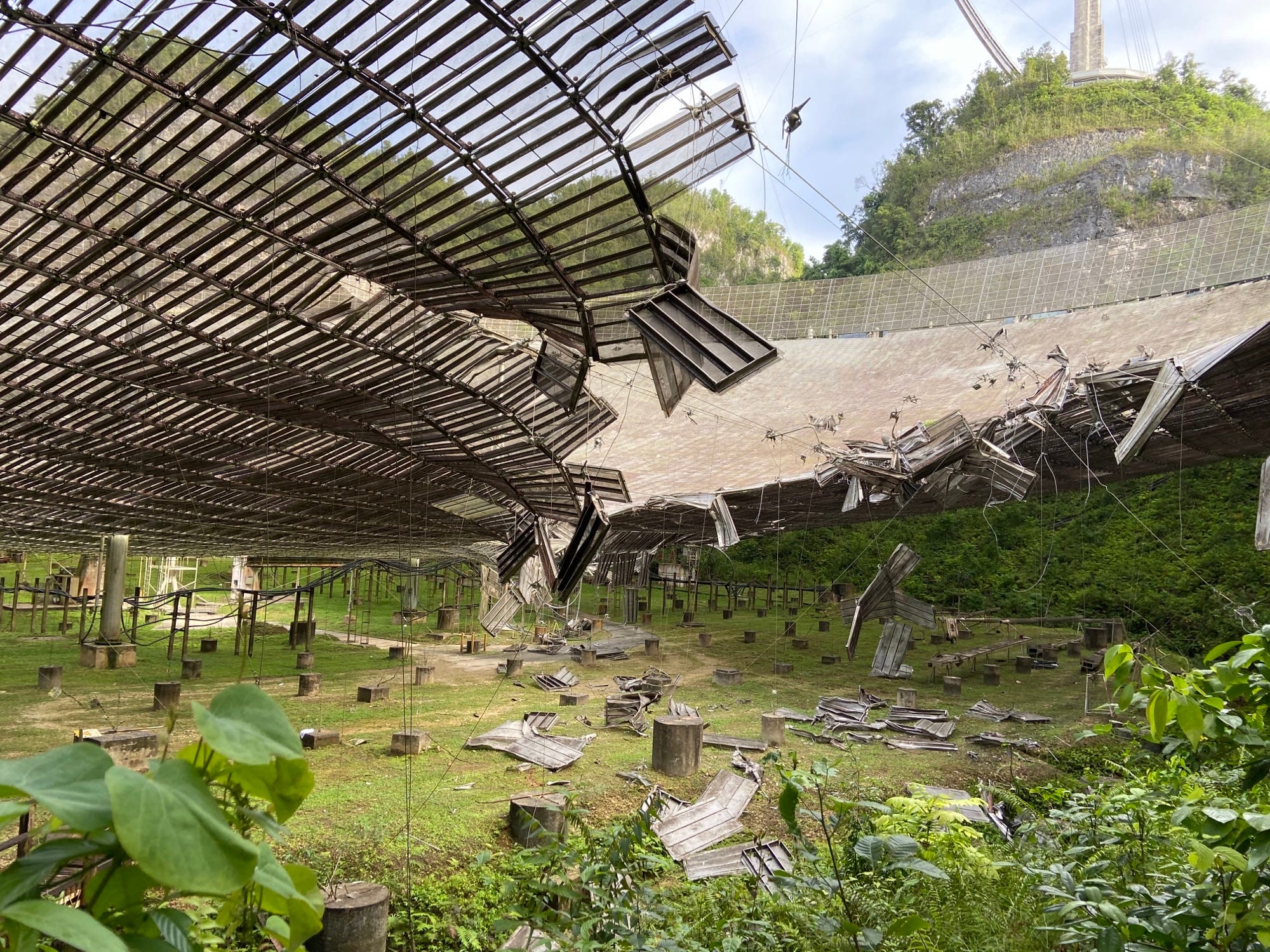
However to further cut losses, in 2011 NSF delisted Arecibo as a FFRDC, removed Cornell as the site operator, and replaced them with a collaborative team led by SRI International, which allowed the observatory to be able to offer its facilities to a wider range of projects. Academics and politicians lobbied to increase funding bookmarked for Arecibo to stave off its closure, and NASA recommitted funding in 2011 for study of near-earth objects. In 2006, NSF made its first possible suggestion of significantly reducing its funding towards Arecibo and potentially decommissioning the observatory.

In the early 2000s, NASA started to reduce their contribution to the Arecibo Observatory, putting more pressure on NSF to continue to fund the facility. NASA began contributing towards funding of the observatory alongside NSF as to support its planetary radar mission. By September 1971, NSF renamed the observatory as the National Astronomy and Ionosphere Center (NAIC) and had made it a federally funded research and development center (FFRDC). NSF named Cornell University to manage the observatory's functions.

Ownership of the observatory transferred from the DoD to the National Science Foundation on October 1, 1969. The telescope and supporting observatory were formally opened as the Arecibo Ionospheric Observatory on November 1, 1963. Construction of the telescope and its supporting facilities were started in mid-1950s, with the telescope operational by 1963. The Arecibo Telescope was funded as a means to study Earth's ionosphere for this purpose, and serving a dual-use as a general-purpose radio telescope. See also: History of the Arecibo TelescopeĪs part of the United States Department of Defense (DoD) Advanced Research Projects Agency (ARPA) missile defense program, ARPA had sought a means to try to detect incoming missiles while they traveled through the ionosphere. Ostro, in recognition of the observatory's contributions to the characterization of Solar System bodies. The asteroid 4337 Arecibo is named after the observatory by Steven J. The observatory also includes a smaller radio telescope, a LIDAR facility, and a visitor center, which remained operational after the telescope's collapse. In 2022, the NSF announced the telescope will not be rebuilt, with an educational facility to be established on the site.

A partial collapse of the telescope occurred on December 1, 2020, before either repairs or controlled demolition could be conducted. Following two breaks in cables supporting the receiver platform in mid-2020, the NSF decommissioned the telescope. Completed in 1963, it was the world's largest single-aperture telescope for 53 years, surpassed in July 2016 by the Five-hundred-meter Aperture Spherical Telescope (FAST) in China. The observatory's main instrument was the Arecibo Telescope, a 305 m (1,000 ft) spherical reflector dish built into a natural sinkhole, with a cable-mount steerable receiver and several radar transmitters for emitting signals mounted 150 m (492 ft) above the dish. The Arecibo Observatory, also known as the National Astronomy and Ionosphere Center ( NAIC) and formerly known as the Arecibo Ionosphere Observatory, is an observatory in Barrio Esperanza, Arecibo, Puerto Rico owned by the US National Science Foundation (NSF).


 0 kommentar(er)
0 kommentar(er)
